Home » Articles » Oil & Gas » Oil and Natural Gas Shales of Alaska's Arctic North Slope
Oil and Natural Gas Shales of Alaska's Arctic North Slope
Summary of the USGS Shale Gas and Shale Oil Resource Potential of the Alaska North Slope report of February 2012 [1]
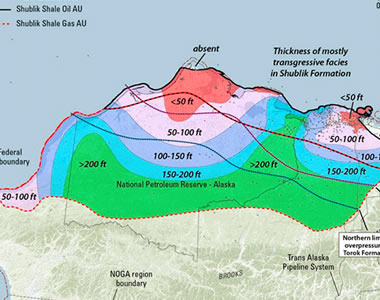
Shublik Shale map: USGS assessment map of the Triassic Shublik Formation. Enlarge map.
Introduction
In early 2012, the United States Geological Survey determined that shales in the North Slope region of Alaska hold an enormous technically-recoverable shale oil and shale gas resource. These rock units could contain as much as 80 trillion cubic feet of technically recoverable natural gas and as much as 2 billion barrels of oil. The USGS assessment considered three rock units: 1) the Triassic Shublik Formation; 2) the lower part of the Jurassic - Lower Cretaceous Kingak Shale; and, 3) the Cretaceous Brookian Shale.
These rock units are a few thousand feet below the surface along Alaska's north coast. They dip towards the south and reach a depth of over 20,000 feet in the Brooks Range foothills. Along the coast the rocks have a potential to yield oil, but their thermal maturity increases down dip into the dry gas window in the foothills.
Historically Source Rocks Now Reservoirs
The Shublik, Kingak, and Brookian have generated oil and natural gas that has migrated upwards into conventional oil and natural gas fields - including the super-giant Prudhoe Bay field. However, the USGS assessment focused on oil and natural gas that remains within these units. Prior to early 2012, the only oil and natural gas investigations of these rocks were oil and gas tests in the Shublik Formation, and no attempt had been made to produce oil or natural gas directly from these source rocks. With this limited amount of data, USGS advises that their resource estimates have a significant amount of uncertainty.

Brookian Shale map: USGS assessment map of the Brookian Shale. Enlarge map.
Horizontal Drilling and Fracturing Potential
It is possible that horizontal drilling and source rock fracturing methods that have been extremely successful in other parts of the United States could be used to liberate significant amounts of oil and natural gas from shale source rocks of Alaska's North Slope.
The Shublik Formation and the Brookian Shale contain brittle rock units with abundant natural fractures. The Shublik contains brittle limestone, phosphatic limestone, and chert. The Brookian contains brittle sandstones, siltstone, concretionary carbonate, and silicified tuff. The Kingak is mostly clay shale that deforms plastically instead of fracturing.
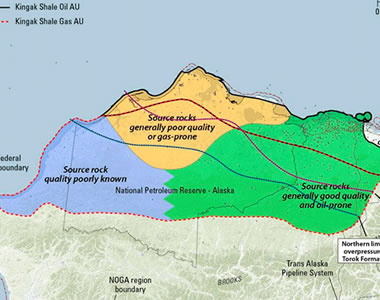
Kingak Shale map: USGS assessment map of the Kingak Shale. Enlarge map.
Source Rock Characteristics
Of the three rock units investigated, the Shublik Formation has the greatest potential. It is believed to contain most of the natural gas and natural gas liquids. The Brookian and Shublik are thought to contain significant amounts of oil. Shublik rocks contain mainly Type I and IIS kerogen. Oil sourced from the Shublik is of relatively low gravity and high sulfur content. The Kingak and Brookian Shales contain mainly Type II and III kerogen. Oil sourced from these rocks is of high gravity and low sulfur.
| Arctic Oil and Natural Gas References |
|
[1] Shale Gas and Shale Oil Resource Potential of the Alaska North Slope: Energy Resources Program, The United States Geological Survey, February 2012. Archived at web.archive.org.
[2] Arctic Oil and Natural Gas Resources: United States Energy Information Administration, www.eia.gov, January 2012. |
Arctic Shale Challenges
Producing oil and natural gas in the Arctic is a challenge. The environmental conditions are difficult, the location is remote, and existing infrastructure is poor to absent in areas without historic production. Developing an adequate infrastructure is extremely expensive and can only be justified for very large oil and natural gas projects.
Arctic oil and natural gas projects must be large in size to justify the significant infrastructure expenses. Production from shale using current methods would be much more labor intensive than the typical Arctic development project, and the yield from each individual well would be very low. In addition, the density of wells required in a development field would be very high. Current technology would require one well for every few hundred acres for complete development and a significant investment in natural gas gathering lines. Given the current abundance of natural gas in other parts of the United States and the low market price, development of oil and shale gas resources on the Alaska North Slope is unlikely to happen in the near future.
| More Oil |
 |
The Doorway to Hell |
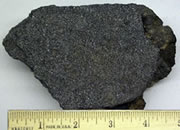 |
Oil Sands |
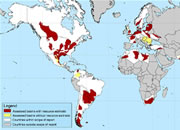 |
Shale Gas Resources |
 |
Gifts That Rock |
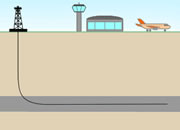 |
Horizontal Drilling |
 |
Oil and Gas Rights |
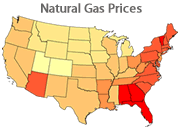 |
Natural Gas Prices |
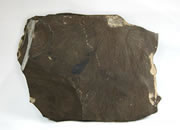 |
Oil Shale |

Find Other Topics on Geology.com:

|

| ||

|

| ||

|

| ||

|

|
